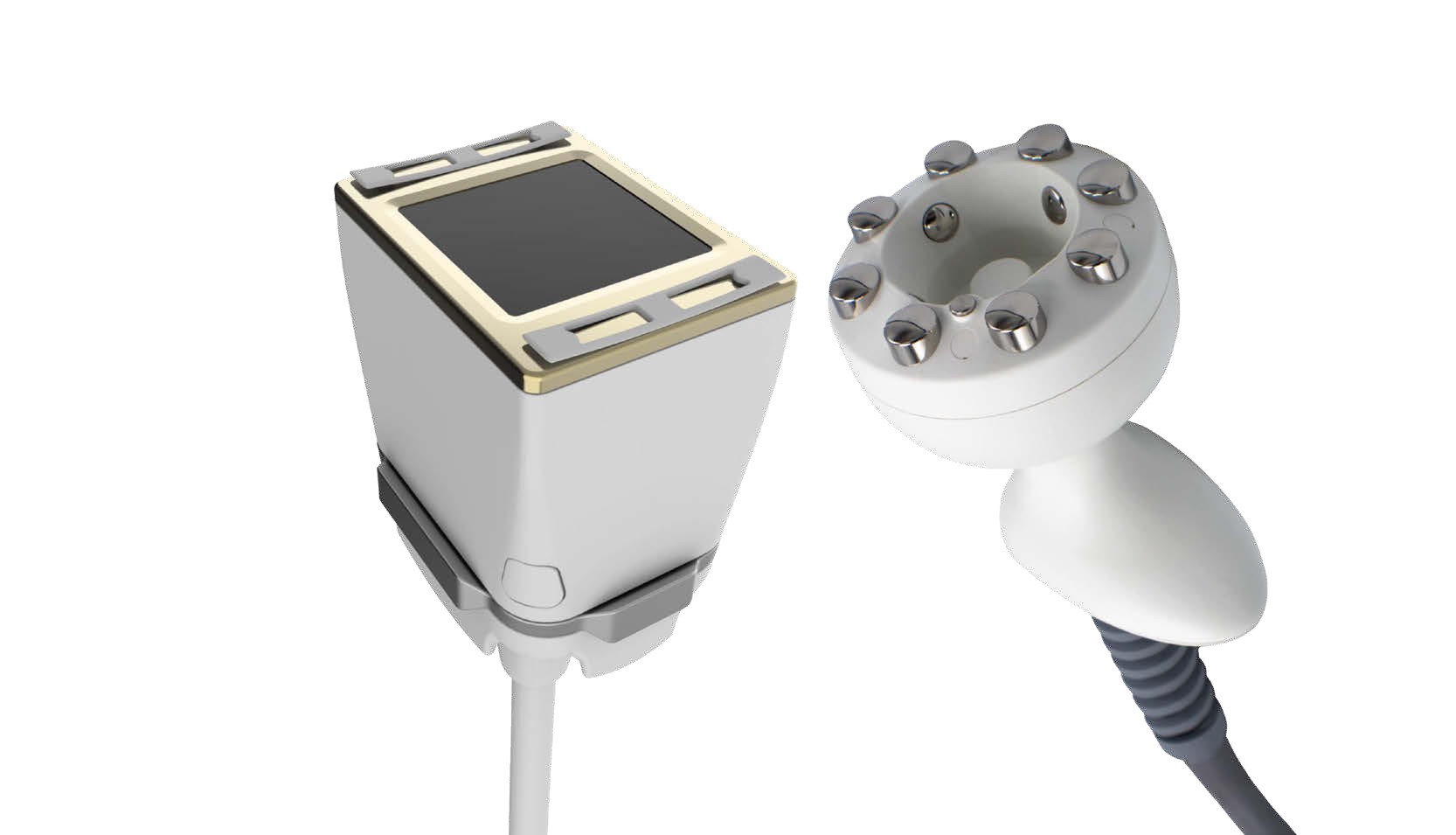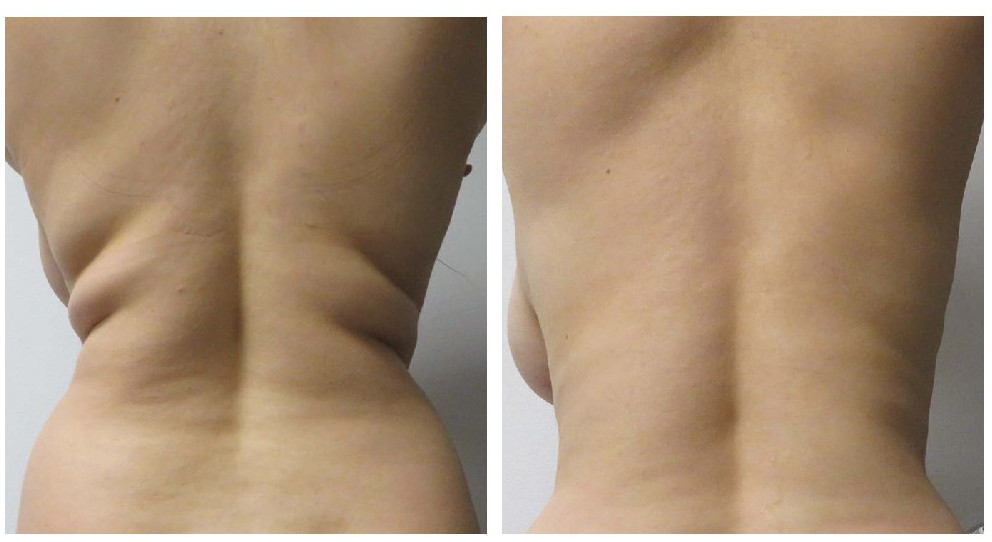Commercial feature
State of bliss
Venus Bliss takes a combined approach to body aesthetics

Diode laser applicator; (MP)2 applicator
Aesthetic treatments using energy-based devices have grown rapidly over the past 20 years. Technological advances have enabled treatment providers to expand from mainstream skin rejuvenation and hair removal treatments to more comprehensive treatments such as non-invasive fat reduction, body contouring, and skin tightening.
More recently, a combination of lasers and other heat-based energy sources have been used to target fat invasively. Many potential nonsurgical patients, however, are waiting on the sidelines for an alternative that suits their needs.
Clinical specialist Jessica Thornley says, “Today’s busy patients are looking for less invasive treatments with minimal downtime. In addition, we hear regular inquiries from patients searching for treatments that provide a more “natural-looking” result without undesirable surgical scars. A non-invasive hyperthermic method offers a highly desirable alternative to many patients unwilling or unable to undergo an invasive procedure.”
The Venus Bliss system is a new and exciting platform that brings an ideal combination of technologies to address the complex components of body aesthetics.
COMBINATION TECHNOLOGY
Venus Bliss includes two in-demand, effective technologies in one small footprint, providing options for treating your patients without added machines and no per-treatment cost to the provider.
Venus Bliss comes with four diode laser applicators that can be activated individually and placed in various configurations on a belt. With a wavelength of 1064nm and the skin-contact cooling mechanism, the Venus Bliss laser applicator energy is capable of effectively penetrating into the hypodermis to affect adipose tissue without harming the skin’s surface. Over time, the body is able to naturally process and eliminate the disrupted fat cells through the lymphatic system. Each applicator is equipped with user-friendly features to promote uniform energy distribution and achieve lipolysis effectively, safely, and comfortably. The touch and temperature sensors ensure appropriate contact with the patient’s skin, which ensures safety and the desired therapeutic effect.
The (MP)2 applicator, which is powered by a combination of Multi-Polar Radio Frequency and Pulsed Electro Magnetic Fields (PEMF), as well as VariPulse technology, allows patients a comprehensive body solution by tightening lax skin, leading to a more contoured appearance, as well as targeting cellulite on the abdomen, buttocks, and thighs for a smoother overall appearance. The delivery of the three into the tissue induces thermal and non-thermal tissue responses and furthers the removal of lymphatic waste, stimulates collagen production and synthesises angiogenesis.

One fat treatment and one skin tightening* treatment (*Temporary increase of skin tightening is an approved indication in Canada)
MECHANISMS FOR SUCCESS
The Venus Bliss generates optical energy which is delivered to the subcutaneous layer of the tissue. The laser energy is delivered to the tissue over a period of 25 minutes. The absorbed energy creates heat in the targeted subcutaneous tissue. Temperatures in targeted tissues become elevated to the range of 42-46 degrees Celsius and remain elevated for a certain exposure duration during the treatment. This allows heating of deep subcutaneous tissue with no damage to the surrounding tissue.
Adipose cells are highly susceptible to temperature increases.; it has been shown that a temperature increase of 6°C-7°C can affect the structural integrity of the fat cell and its cellular membrane.
At the beginning of each treatment, the applicators cool the skin without laser emission for 30 seconds to ensure patient comfort. There is minimal discomfort and little-to-no downtime. Once the treatment is complete the patient can return to regular activities immediately and throughout the course of the treatment process. It is recommended that a series of sessions is required to achieve an attractive aesthetical result.
For more information visit www.venusconcept.com or contact info.uk@venusconcept.com or 0208 748 2221